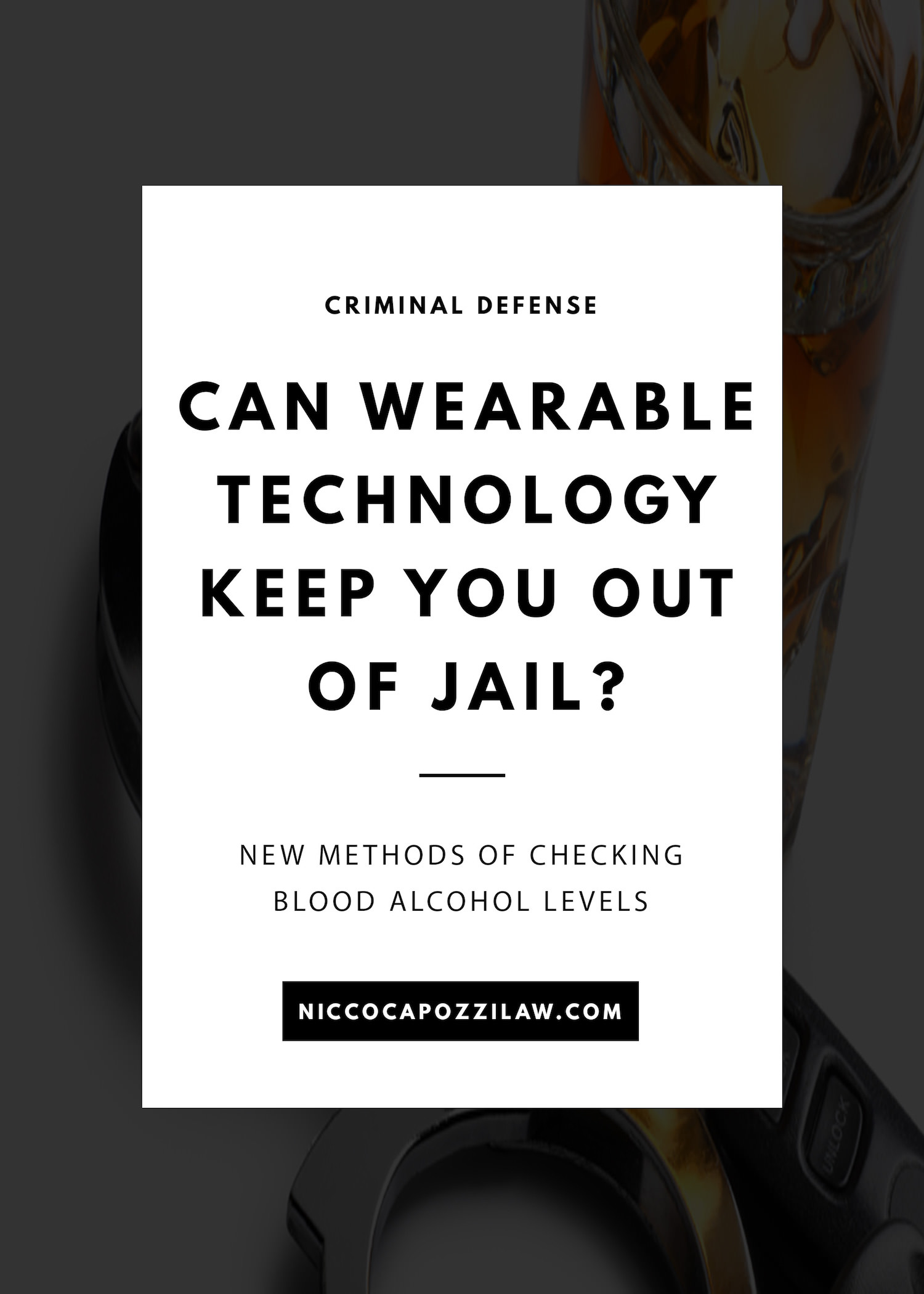New Methods of Checking Blood Alcohol Levels
Every five minutes in the United States, someone dies in an alcohol-related motor vehicle accident. Every two minutes, a person is injured in a drunk-driving crash. On average, 2 out of 3 people will be involved in a car crash involving alcohol in their lifetime. Anything that can help reduce these statistics would be welcome.
In May 2016, the NIH Institute on Alcohol Abuse and Alcoholism announced the prizewinners of its Wearable Alcohol Biosensor Challenge. Top prize went to a San Francisco company that has produced a wristband capable of measuring and recording blood alcohol levels. Using fuel cell technology similar to that used in the field by law enforcement agencies, the device can monitor BAC levels continuously and noninvasively. Second prize went to a company in Santa Barbara that also has invented a wristband. This device connects to a smartphone and tracks BAC using disposable cartridges. Honorable mention went to a company that makes a color-changing tattoo.
On June 12, 2016, the journal ACS Sensorspublished an article announcing the development of a skin patch that can detect a person's blood alcohol level from sweat. The patch, developed by Professor Joseph Wang and colleagues at the University of California at San Diego, consists of temporary tattoo paper containing a small amount of the drug pilocarpine together with a flexible electronic circuit board. Pilocarpine induces sweat and the circuit board transmits data about recent alcohol use via Bluetooth to a mobile phone or laptop. The procedure takes less than eight minutes.
The sensor could be connected to an ignition interlock system that would prevent a drinker's car from starting if the blood alcohol content were over a specified limit. Existing ignition interlocks rely on breath analysis, which has a number of limitations. Temperature, humidity and even mouthwash can give false results.
It is not clear whether these devices could be used in law enforcement. It takes 45 minutes for ethanol to be excreted through the skin, meaning they cannot deliver real-time results. The technology can, however, tell the wearer, drinking companions or bartender when BAC levels are creeping up. Dr. George Koob, head of the NIH NIAAA, believes they will be a major boon for the alcohol research community.






